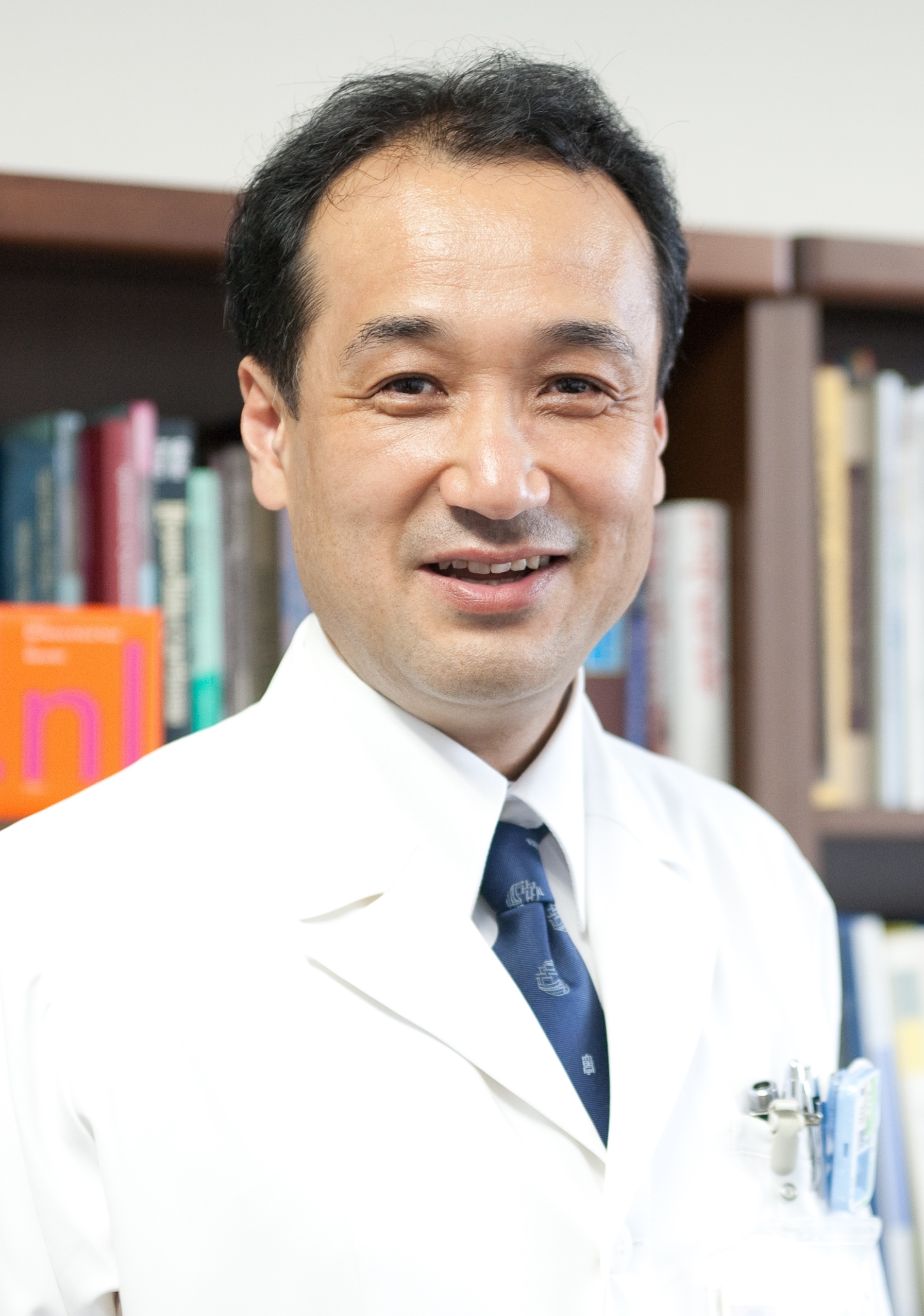
Name Susumu Eguchi, M.D., Ph.D., F.A.C.S., F.E.B.S.
Current appointment Professor and Chairman
Medical Training & Professional career
Nagasaki University Hospital, Department of Surgery II, 6/1992-4/1993
Nagasaki Municipal Hospital, Department of Surgery, 11/1993-3/1994
Cedars-Sinai Medical Center, Department of Surgery,Surgical Research, 6/1994-3/1997
Nagasaki Memorial Hospital, Department of Surgery,1/1999-3/1999
National Tsushima Hospital, Department of Surgery,Chief 4/1999-1/2000
Nakatsushima Hospital, Department of Surgery,Chief 2/2000-3/2000
Prefectural Shimabara Onsen Hospital, Department of Surgery4/2000-3/2001
Groningen University Hospital, Department of Surgery,
Liver Transplantation and Hepatobiliary Surgery Clinical fellow,4/2003-3/2005
Nagasaki University Graduate School of Biomedical Sciences, Department of Surgery, Professor 1/2012 present
Nagasaki University hospital, Deputy hospital director10/2013-3/2016
Nagasaki University hospital, International Medical Center director 4/2016-
Guangzhou First Municipal People's Hospital, Visiting professor 8/2012-present
Syzganovs’ National Scientific Centre of Surgery, Almaty, Kazakhstan, Professor emeritus 2013-present
The Second Affiliated Hospital to Nanchang University, Professor emeritus 8/2016-
The first case of simultaneous deceased donor liver and kidney transplantation in an HIV/HCV co-infected patient with hemophilia in Japan
Susumu Eguchi1, Takanobu Hara1, Tota Kugiyama1, Masaaki Hidaka1, Takashi Hamada1, Takayuki Tanaka1, Tomohiko Adachi1, Shinichiro Ono1, Akihiko Soyama1, Kengo Kanetaka1, Yasushi Mochizuki2, Hideki Sakai2.
1Surgery, Nagasaki University Graduate School of Biomedical Sciences, Nagasaki, Japan; 2Urology, Nagasaki University Graduate School of Biomedical Sciences, Nagasaki, Japan
We herein describe for the first case of simultaneous liver and kidney transplantation (SLK) in an HCV/HIV-coinfected patient with severe hemophilia in Japan. The patient was a 61-year-old Japanese man with HCV cirrhosis. He was diagnosed with haemophilia B at age 1 year. He was infected with HCV and HIV due to imported contaminated blood products. The patient's liver disease was classified as Child-Pugh C, Model for End-Stage Liver Disease score 38. He had been on hemodialysis for 6 years, but both HIV RNA and HCV RNA had been undetectable after appropriate antiviral therapies. In September 2019, the patient underwent successful SLK. The donor was a man in 60’s deceased due to cerebral hemorrhage. Regular DDLT was performed using the piggyback technique with a full-sized liver graft. Cold ischemia time was 566 min, and the graft liver weighed 1,154 g. The graft kidney was transplanted extraperitoneally in the right iliac fossa. A total of 76 U of packed red cells and 100 U of fresh frozen plasma were infused during the 12-h procedure, which required packing and subsequent depaking procedure on day3. Also, the administration of clotting factor IX discontinued on day 3. The immunosuppressive regimen was based on i.v. induction with 2 mg/kg of basiliximab and 1g methylprednisolone and subsequent oral administration of mycophenolate mofetil and prednisolone, followed by low dose taclorimus after 1w for kidney sparing purpose. Steroid therapy was gradually discontinued at 3 months after SLK. The same pretransplantation antiretroviral therapy (ART; tenofovir and doltegravir) was introduced after 3 days when the CD4 cell count was more than 300/μl and HIV-RNA was within undetectable range. The postoperative course was uneventful without infectious complication, and the patient was transferred to referral hospital on day 90 and discharged home on day 111. Herein, we report the first case of SLK for HIV/HCV co-infected hemophilic patient in Japan. Strategic surgical planning and meticulous pre and post-transplant management of ART and clotting factors could lead to the success of SLK.
There are no comments yet...